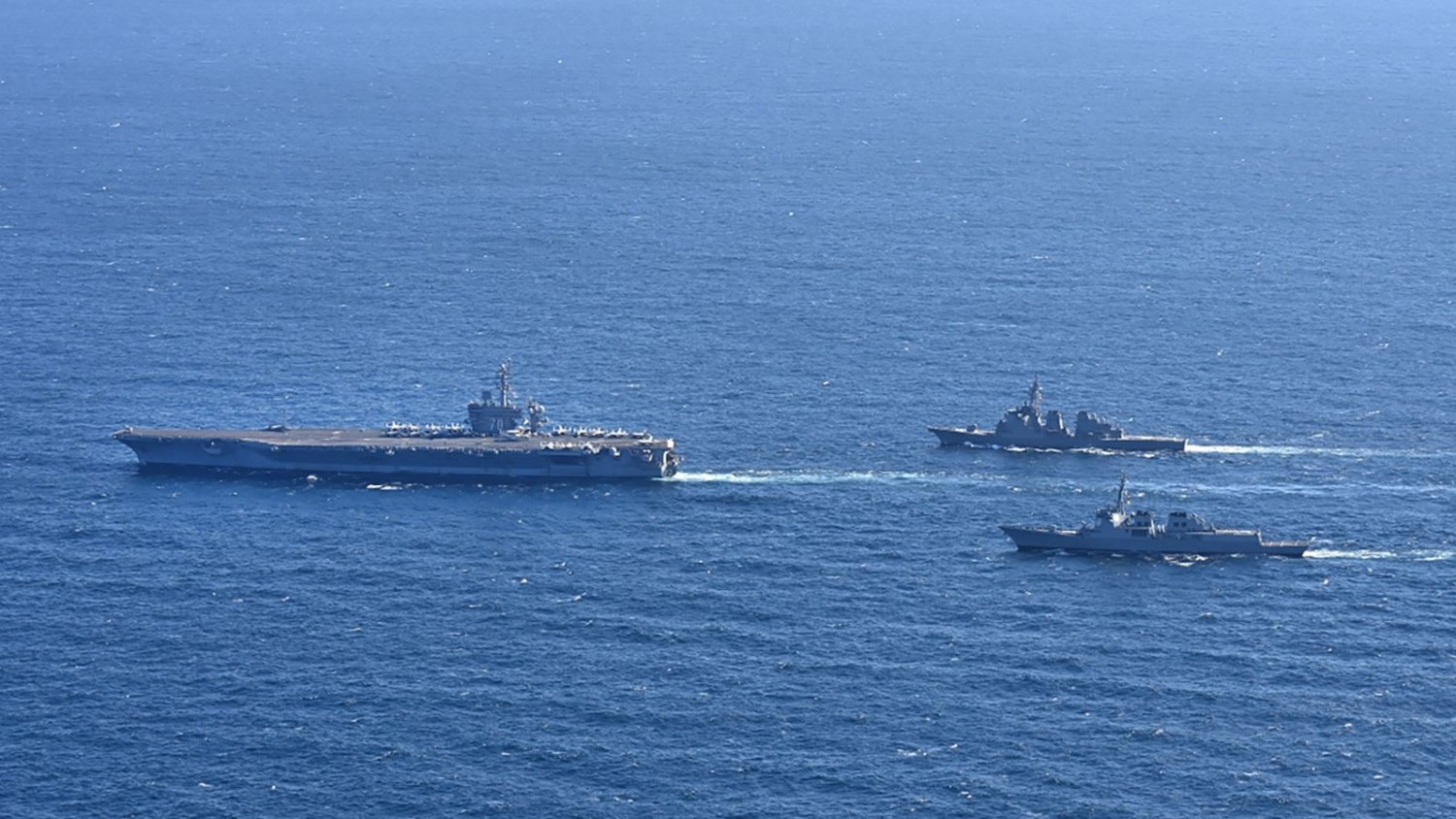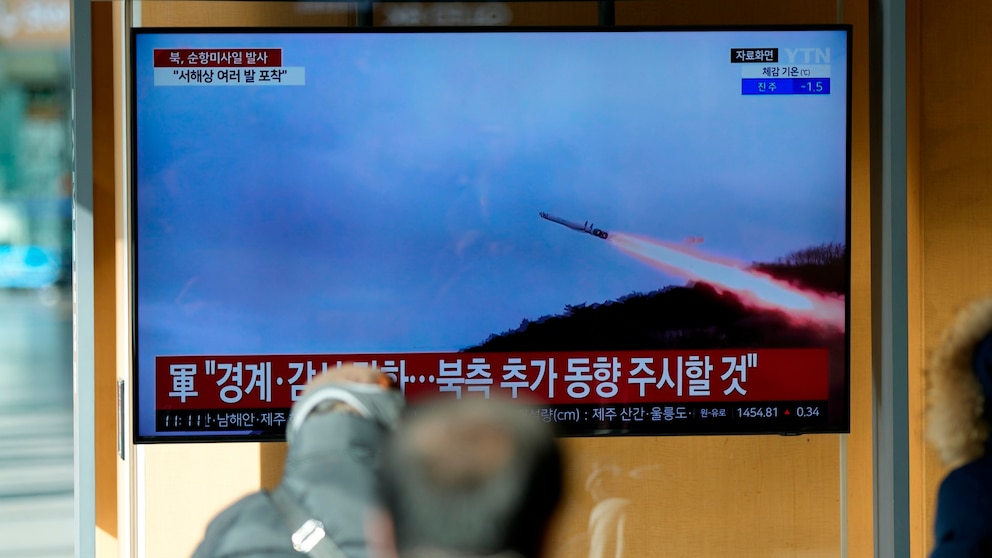This article is more than
7 year oldUS test on North Korea defence ‘flawless’, says Lockheed Martin
The test of the Terminal High Altitude Area Defense (THAAD) system saw a ballistic missile target air-launched from an Air Force C-17 over the Pacific Ocean north of Hawaii.
“A THAAD weapon system located at (Pacific Spaceport Complex Alaska) in Kodiak, Alaska, detected, tracked and intercepted the target,” the US Missile Defense Agency said in a statement.


THAAD is designed to intercept and destroy short, medium and intermediate-range ballistic missiles during their final phase of flight.
THAAD maker Lockheed Martin said this was the first time the system had intercepted an intermediate-range ballistic missile.
Richard McDaniel, a Lockheed vice president, said in a statement that the system had performed “flawlessly.”
Though such exercises are planned months in advance, it comes after North Korea’s first-ever test-firing last week of an intercontinental ballistic missile capable of reaching parts of the United States including Alaska.

THAAD is not designed to stop an ICBM — that job is left primarily to the Ground-based Midcourse Defence (GMD) interceptor system.
The US military this year began deploying THAAD to South Korea, a move that infuriated China, which has argued the deployment would further destabilise the situation on the Korean peninsula.
This was the 14th successful intercept in 14 attempts for the THAAD weapon system, the Missile Defense Agency (MDA) said.
“I couldn’t be more proud of the government and contractor team who executed this flight test today,” MDA Director Lieutenant General Sam Greaves said in the statement.
“This test further demonstrates the capabilities of the THAAD weapon system and its ability to intercept and destroy ballistic missile threats. THAAD continues to protect our citizens, deployed forces and allies from a real and growing threat.”

The US also has a THAAD system installed in Guam.
THAAD uses “hit-to-kill” technology where kinetic energy from the interceptor missile destroys an incoming target.
“The successful demonstration of THAAD against an (intermediate)-range missile threat bolsters the country’s defensive capability against developing missile threats in North Korea and other countries around the globe and contributes to the broader strategic deterrence architecture,” the MDA said.
Keywords

Newer articles
<p>Porn star Stormy Daniels has gone to town on Donald Trump in court saying “nobody would ever want to to publicly” admit they had sex with the former president.</p>
Justin Bieber announces huge personal news
Kendrick Lamar Beat Drake By Being Drake
How Kendrick Lamar and Drake changed rap beefs forever Rapid-fire releases and fast pace of modern life elevate diss war to levels unparalleled in hip-hop history.
UN assembly urges Palestine membership after vote
Miss Teen USA resigns days after Miss USA departure
Sean 'Diddy' Combs asks judge to reject lawsuit alleging rape of 17-year-old girl in 2003
Taylor Swift concert photo horrifies internet
Ukraine finds itself in a grave situation. Russia appears to be advancing
Island nation erupts into violence, three dead



